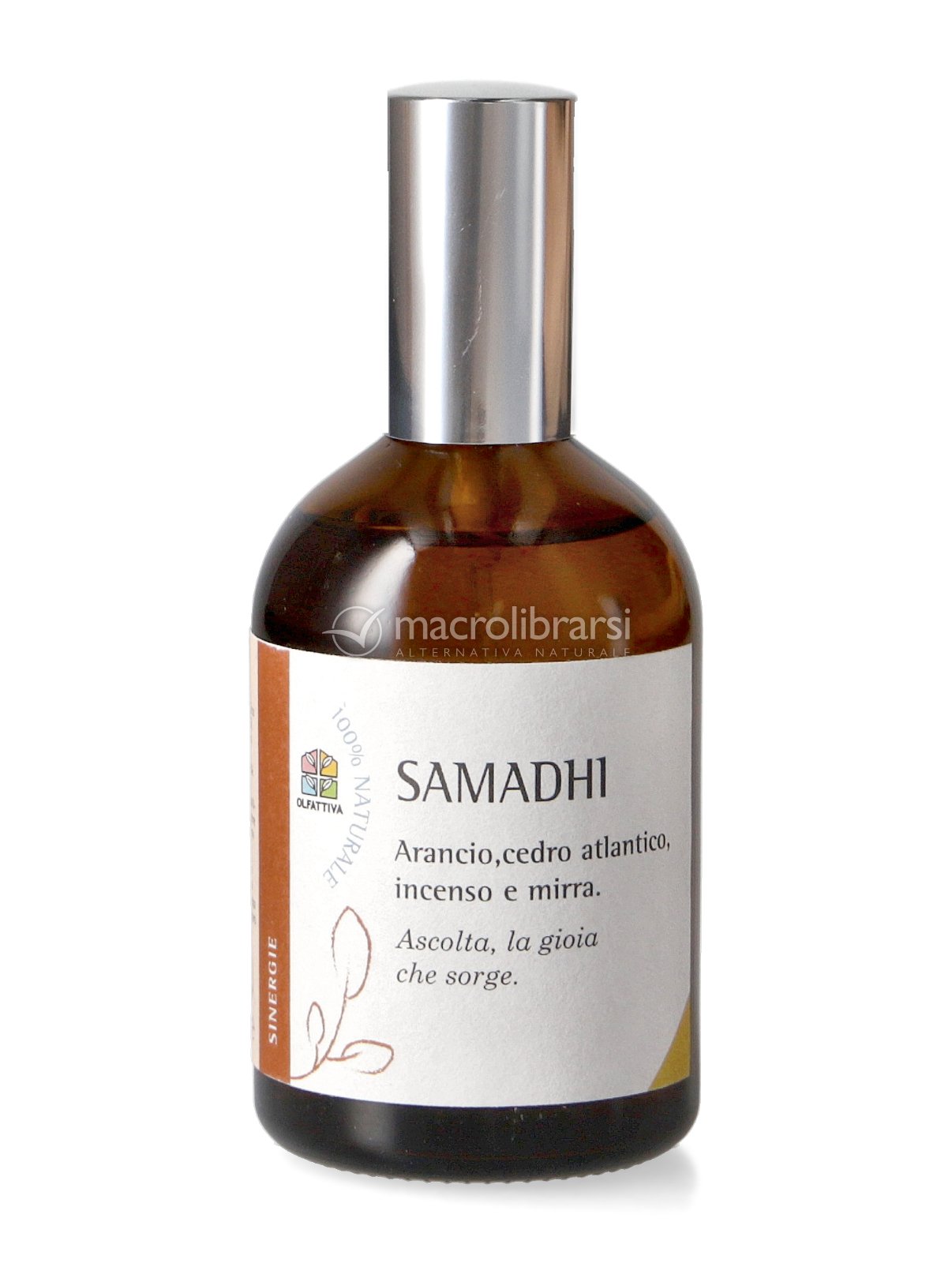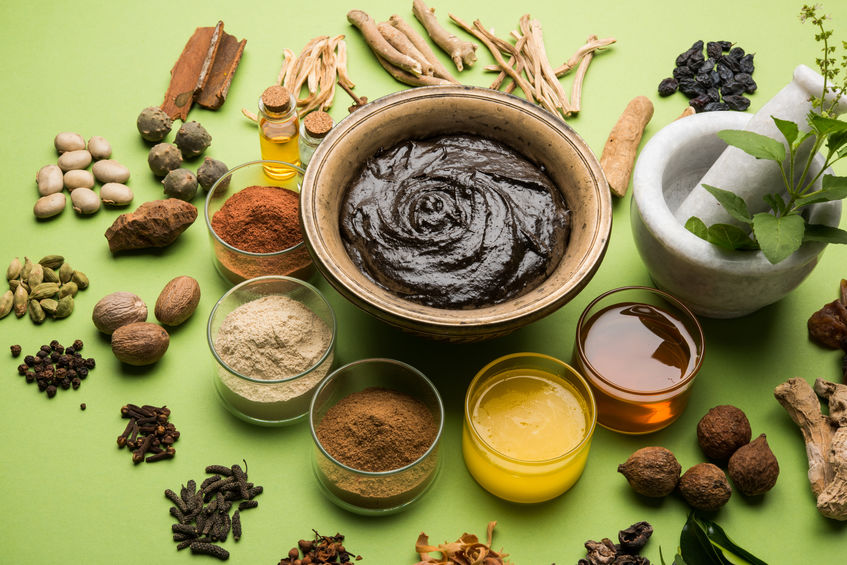
The Yoga Guide contains 173 pages of instruction and an index of 129 poses. These can be arranged by section or by area of the body. They also provide detailed descriptions of the entry and exit of each pose. You will also find many photographs of the poses throughout the 119 pages. This makes it easier for you to determine which pose suits your body best. The Yoga Guide includes a DVD that can be used for additional learning. This is a fantastic bonus!
116 page index of poses
This 173-page book contains an index to 129 yoga poses. Each pose can be classified by section and then indexed by part of the yoga structure. Your yoga practice can be tailored to suit your body and needs. The index also provides information about the potential risks and benefits of each posture. This book is an excellent reference and valuable aid to yoga learning. Yoga can seem overwhelming. A detailed index can help you understand the different asanas and which ones are best for you.

129 different poses
There are 129 types of yoga poses. Even though the names of the postures may seem unfamiliar, you might feel overwhelmed if this is your first time trying yoga. But don't worry; yoga is not terribly difficult and you will have plenty of time to master scores of poses. This guide contains detailed descriptions as well variations of every pose. You will also find an index listing all of the poses. This index is broken down by section of the yoga structure. The 129 different poses are also indexed according to body area.
The difficulty levels for seated yoga poses can be determined by their order. For beginners, you can start by sitting on a blanket/block. The next level is the challenging full lotus, which can be difficult on the knees. Half lotus can be a better option for those who have trouble getting in the full lotus. You can still keep your knees straight and comfortable. If you're a little more flexible, you can try compass pose or even a reclining version.
Photos of poses
You've probably seen pictures of poses for yoga if you've been doing it for years. These pictures can help you get inspired to do yoga on a regular basis. But what about photos of yoga poses that aren't in a studio? These photos should show someone performing a pose, not just the poses. These are also fun to see for yourself, as they might inspire you to try the poses yourself.

Some poses are better photographed than others. The lotus position is a seated meditation pose that resembles the lotus flower. It is one beautiful pose for a photo shoot. To do the lotus pose, bend your right leg and then move your right foot towards you left thigh. The sole of the foot should be up on the thigh. Now bend your legs. Repeat the process with the opposite leg.
FAQ
What happens to my yoga practice if it is stopped?
It's normal to lose interest in an activity after a while. If you stop doing yoga regularly, however, your body might become stiffer. Poor posture, lack or aging may all lead to stiffness.
It may become less flexible as you age, so consider retaking a few classes. Make sure to keep up with your daily routine. Exercise strengthens your bones and muscles. So make sure to get enough sleep and eat well.
Are yoga mats necessary?
Not necessarily. Many studios offer mats for students. These mats, which are often made of rubber, are easy to clean.
Your mat can be purchased online. You will have a good mat for many years.
Where can I find a yoga instructor who is experienced?
There are many qualified yoga teachers available in your community. You can also search online for a qualified yoga teacher if you don't live in a nearby area. Consider signing up online for a yoga class.
Are 20 minutes of yoga a day enough?
Yoga should be more than just a means of exercising. It should also be used as a tool for self-discovery. It's a time for reflection on your life and the way you live it.
My friend introduced yoga to me a few decades ago. She had been practicing for many years. He said that he practiced yoga 20 minutes each day, which made him feel calmer and more relaxed throughout the day.
I tried it and noticed a significant improvement in my overall wellbeing. I have continued to practice yoga regularly since then and find that it helps me relax and focus when working at my desk.
It is important to find what works best for your needs and set realistic goals. Yoga doesn't have to be a time-consuming activity if it's not going to help your goals.
Statistics
- According to calorie estimates calculated at Harvard Medical School, the average 125-pound person burns about 120 calories in a half hour of hatha yoga, and a 185-pound person burns about 178 calories in that half hour. (everydayhealth.com)
- Lock in 25% off your Founding Member rate. (corepoweryoga.com)
- The American Psychological Association recently shared that 84% of American adults feel the impact of prolonged stress (5). (healthline.com)
- The people in the yoga group were 37 percent more likely to have quit smoking by the end of the 8-week program. (nccih.nih.gov)
- Start your Fall off right with 20% off All Access Membership when you sign up by 9/25! (corepoweryoga.com)
External Links
How To
Is yoga a good workout?
Yoga isn't just for people who want to lose weight. Yoga helps you to develop flexibility, balance coordination, strength and calmness.
Yoga is more than just exercise. It's also an art form. These poses can help you to relax and calm down. These poses help improve our posture, concentration, breathing, and overall health.
Yoga is practiced by yogis. Yogis follow various forms of yoga, including Hatha, Ashtanga, Iyengar, Vinyasa, Bikram, Kundalini, Yin Yang, and Restorative.
There are many types of yoga, but they all have similar goals. Each type of yoga focuses on different aspects. There are many yoga styles, including Hatha, pranayama and meditation.
Some yoga exercises that require no equipment are:
-
Sun Salutation – The series of 12 positions starts with forward bend followed by 10 poses.
-
Warrior pose - This is when you hold a stick or a staff and take a warrior's pose.
-
Triangle Pose – To achieve this pose, you need to raise one leg and then bend at the knee.
-
Standing Forward Bend - This position involves bending forward from the waist and putting your legs straight on the floor.
-
Seated Twist: This is a pose that can be done while seated on a mat or in a chair.
-
Cobra Pose is a position where you lie on your side, with your arms in front.
-
Child's Pose - This pose is done while lying face up on the ground.
-
Cat/Cow Pose: This combination of a cow and cat pose is called the Cat/Cow Pose. While lying face down, raise your upper body off the ground. Next, roll onto your back and place both of your hands under you shoulders.
-
Head Tilt--This pose requires that you tilt your head back with your eyes closed.
-
Shoulder stand - This position involves standing straight up with your arms and feet raised above the head.
-
Tree Pose: This pose requires you to kneel on your knees, with your hands under your shoulders.
-
Bow Pose – This is when you bend forward from your hips and place your hands on the ground.
-
Corpse Pose: This pose can only be held for five seconds.
-
Mountain Pose- You can call this mountain pose because your spine is straight up and you are tall.
-
Legs Up the Wall Pose- This pose can be achieved by hanging upside-down at a wall.
-
Side Angle Pose -- This pose requires you to lean against a wall and place your right arm in front of the wall.
-
Plank Position – When you are lying flat on your stomach, and your left arm and right leg extend apart from one another, this is called the plank position.
-
Bridge Pose- Balance on your elbows and toes for this pose.
-
Reverse Table Top Pose: This is when you lie on your stomach and extend your arms towards the ceiling.
-
Handstand – This pose requires strength and balance. This pose requires you to hold on to two walls or a doorframe.
-
Half Moon Pose – Also known as Hero Pose, this pose is also called Hero Pose. It involves standing on your hands with your toes.
-
Headstand (or Handstand) - This pose requires excellent balance and strength. You can do this pose on a wall (or using a doorframe).
-
Forearm Balance- This position is done with your forearms on a tabletop.
-
Spinal Twist- This pose involves lying on your belly and reaching your arms.
-
Supported Bound Angle Pose - This pose requires balance and support. To support your body, you will need to locate a strong object such as a tree branch or an old beam.
-
Wide Leg Forward Fold: This position is achieved by stretching your legs apart and touching the tips of your toes.
-
Single Pigeon Pose -- This pose is similar in style to the forward fold with one leg, but it only involves one leg.
-
Extended Puppy Dog Poses-This pose is extremely relaxing. This is done by stretching your legs outwards and bending your knees.
-
Standing Forward Bend - This is a pose where you are seated cross-legged, stretching your calves and hamstrings.
-
Crow Pose is a difficult pose that can be very rewarding once you have mastered it. You do this by raising your arms high above your head and lowering them to the floor.